The everything of water
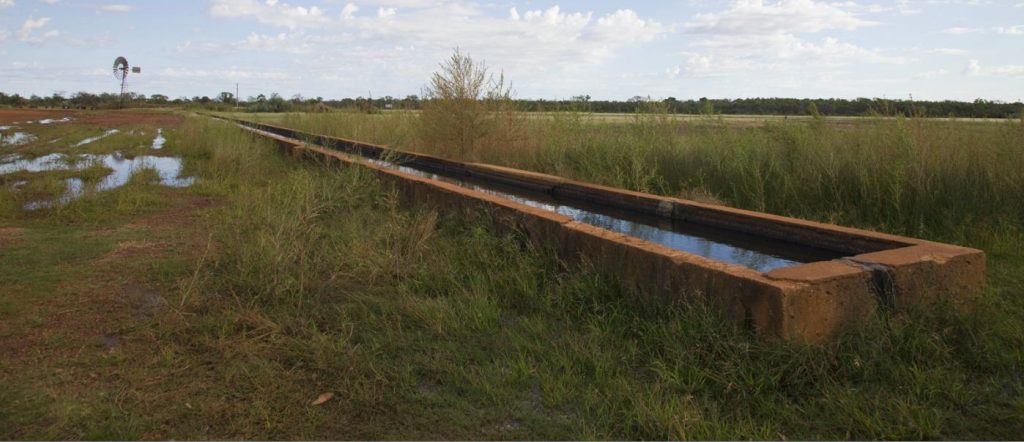
This blog post introduces a series of essays that explore the meanings of water in Australian history and contemporary life. I’m Kylie Carman-Brown, and when I joined the National Museum last year, I volunteered in the People and the Environment curatorial team. I wrote a series of thematic essays that applied ideas I’d developed in my PhD project to better understand water-related objects in the National Historical Collection. My PhD thesis explored the internationally significant Gippsland Lakes, Australia’s largest inland waterway, in southeast Victoria. It was a blend of cultural history, hydrology, environmental science and ecological psychology. I will publish one of my essays each week, and I hope you enjoy them!
Introduction: The everything of water
Q: What is water?
A: Everything.
In recent years, a research area called embodied water has been developed. It’s a way of demonstrating how much water was used in the making of objects of daily life, from the screen you are reading this on to the lunch you are contemplating having. In his book Virtual Water, Tony Allan estimates that a breakfast consisting of espresso, eggs, bacon and toast, fruit and milk has used 1100 litres, or about three bathtubs, on its way to your plate. The cotton shirt and jeans you’ve thrown on account for at least another 10 000 litres, and the car you’re about to start to rush to your meeting is an average of 67.5 cubic metres (67500L) of water?[1] So before you’ve even left the house, you are wrapped in the residue of 78 600 litres of water.
That’s one way of demonstrating how entwined water is with our existence, likely to appeal most to the mathematically inclined. If you’re visually inclined, this image will be more appropriate:
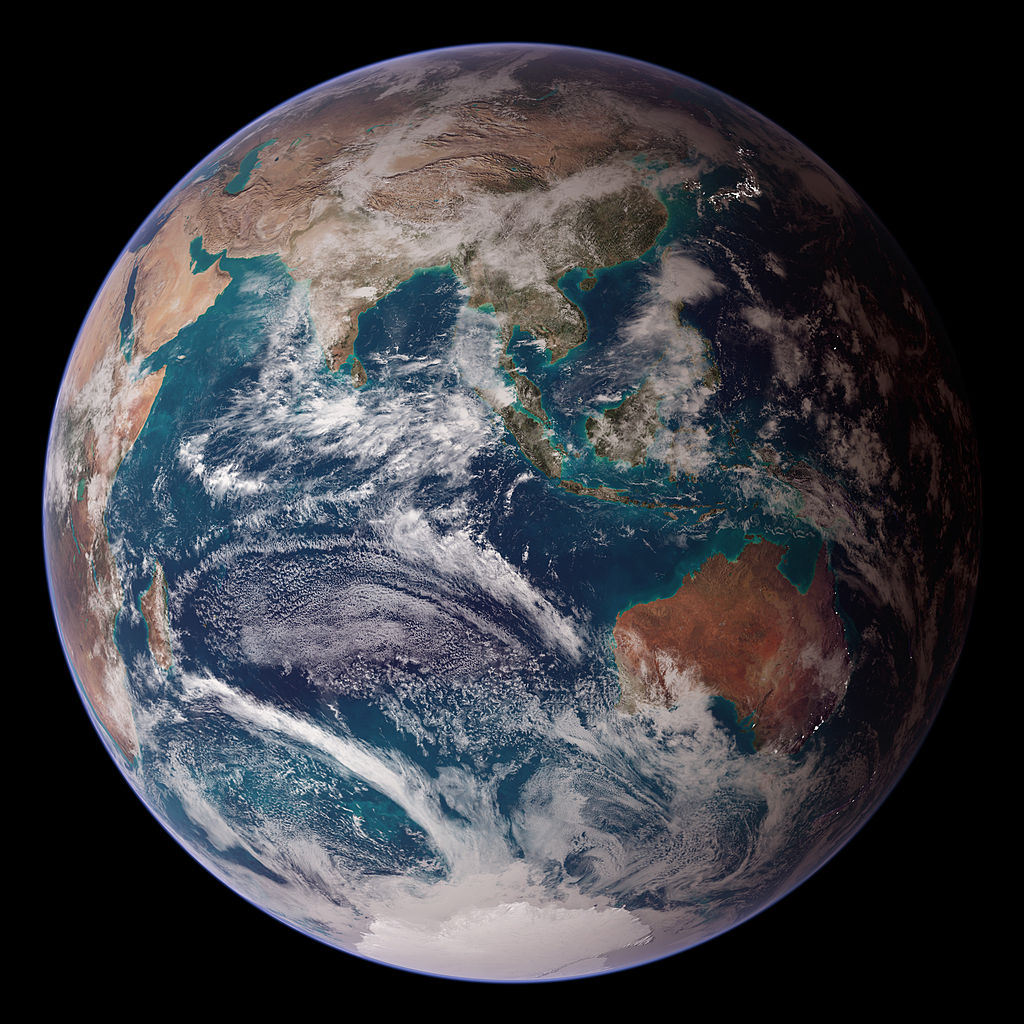
There’s nothing like the ultimate bird’s eye view to remind ourselves that we live on the blue planet. The Earth is a rare and precious gem in the universe, precisely because of the predominance of water. Only a few generations of people have had the privilege of knowing this fact. The first (black and white) image of the earth from space was beamed back from space by Lunar Orbiter I in 1966, but the more famous image is Earthrise, taken on Christmas Eve, 1968. It became the cover shot of Life’s 100 photographs that changed the world.
Images of Earth from space show how clearly all life on our planet is inescapably dependent on water. We evolved from it, and our species spends nine months suspended in it before we are born. We need at least one litre of fresh clean water per day simply to survive. We dream about it, play in it, fight over it, worship it and write poetry about it. We use it make things, transport ourselves by it and it suffuses our languages with a rich lexicon of water metaphors.
In my set of essays I take a thematic approach to water. In addition to this introduction, there are seven thematic pieces of writing. The themes derive from research undertaken for my PhD, which combined insights from environmental history, hydrology and psychology for its theoretical framework.
From psychology the main influence came from Gestalt therapy, a form of humanistic psychotherapy developed in 1940s and 1950s. ‘Gestalt emphasizes the person in their current situation, and how they are shaping and being shaped by their environment.’[2] It emphasizes the importance of relationships and processes. The hydrological cycle is a process, and we are eternally interacting with it. An alternative definition of Gestalt therapy noted that a person is ‘the physical, psychological, intellectual, emotional, interpersonal and spiritual aspects of an individual, and which are considered inseparable from the individual’s environment, history and culture’ in a therapeutic setting.[3] Echoing the Gestalt emphasis on the intertwined whole, my PhD research explored the history of water in the physical, emotional, spiritual, economic and social everyday lives of European migrants to Australia, and used as a case study the history of the Gippsland Lakes catchment in southeast Victoria from its colonisation in 1838 up to the turn of the nineteenth century.
The themes developed for my set of essays are an echo of this Gestalt inspired approach and seek to demonstrate, through the selection of objects from the Museum’s collection, the interconnected and seamless way water has threaded through all aspects of Australian settler societies. In alphabetical order, the themes are:
• Domestic to industrial
• Driest to wettest
• Helpful to harmful
• Moving to still
• Native to introduced
• Rural to urban
• Utilitarian to spiritual
None is inherently more important than any other, and for the record, this is by no means the only approach to the history of water. There are so many histories of water related subjects these days, reflecting its significance to all people through all time.
From hydrology, the main influence came from scholars who tracked the evolution of scientific knowledge about the hydrological cycle, from the ancient Greek philosophers up to the present. Would it surprise you to learn that there have been five different models of the hydrological cycle put forward by Europeans, each reflecting the concerns and beliefs of their age? The table below very simply describes them.
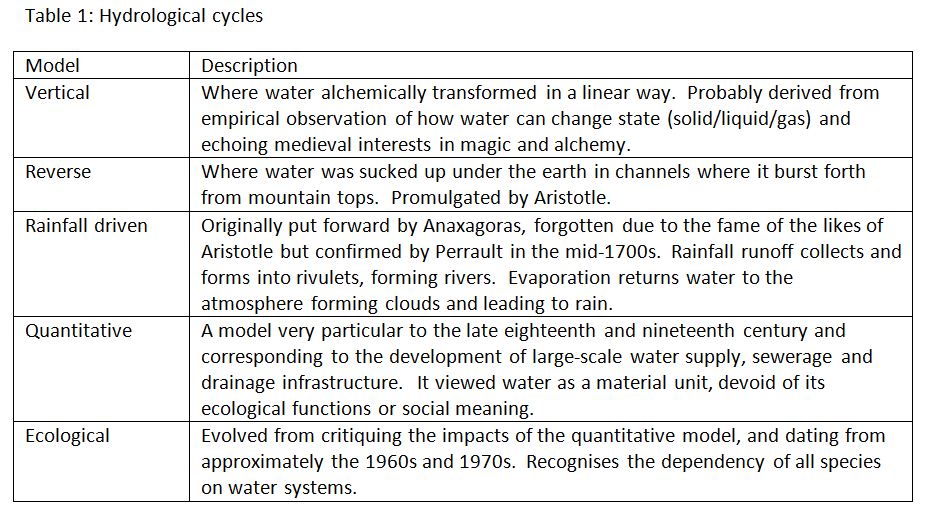
The People and the Environment curatorial team have done substantial work in the Murray-Darling Basin area. A number of these projects document the cusp between the quantitative and the ecological models. You can see some of these on the People and the Environment website.
The Water in Australia web feature, part of the People and the Environment website, includes stories about the relationships of Indigenous people to water. Those stories are essential to understanding human patterns of engagement with water in Australia, and it would take a different historian than me to do them justice. In choosing objects for my essays, I have sought less well known objects and given more emphasis to places outside the Murray-Darling Basin. This is to complement the existing online features and collection highlights, and to highlight the breadth of the Museum’s collection.
Read my first essay ‘Introduced to native’.
Top image: Myalls Bore, Derby, Western Australia. Photo by Matt Atkinson.
References
1. Note that this was a US or UK breakfast. Tony Allan, Virtual Water, IB Tauris and Co, London, 2011, p. 1. For the car, Berger M, Warsen J, Krinke S, Bach V, Finkbeiner M., ‘Water footprint of European cars: potential impacts of water consumption along automobile life cycles’, Environ Sci Technol. 2012, April 3;46(7):4091-9. doi: 10.1021/es2040043. Epub 2012 Mar 21.
2. Gestalt Australia and New Zealand, http://ganzwebsite.wordpress.com/about/, accessed 19 May, 2014.
3. For an example of gestalt applied to an environmental topic, see Clare Cooper Marcus’ now seminal book from 1995 in the field of design, House As A Mirror Of Self: Exploring The Deeper Meaning Of Home, Nicolas-Hays Inc., Lake Worth, Florida, 2006.

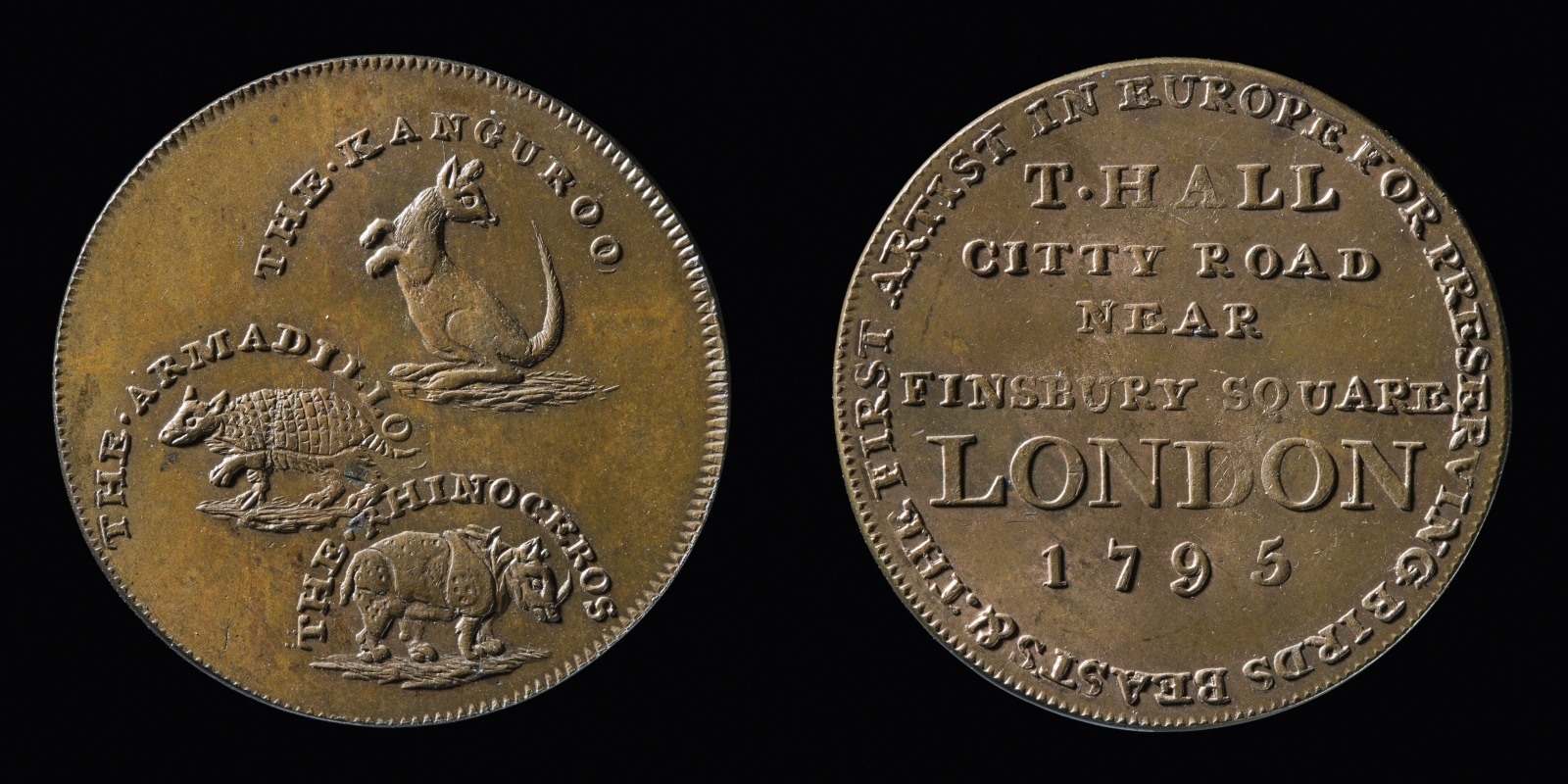
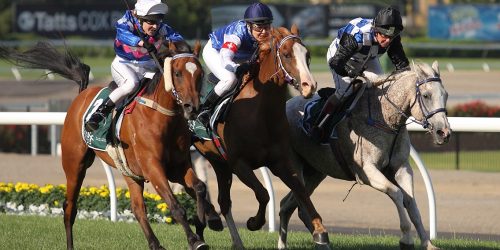
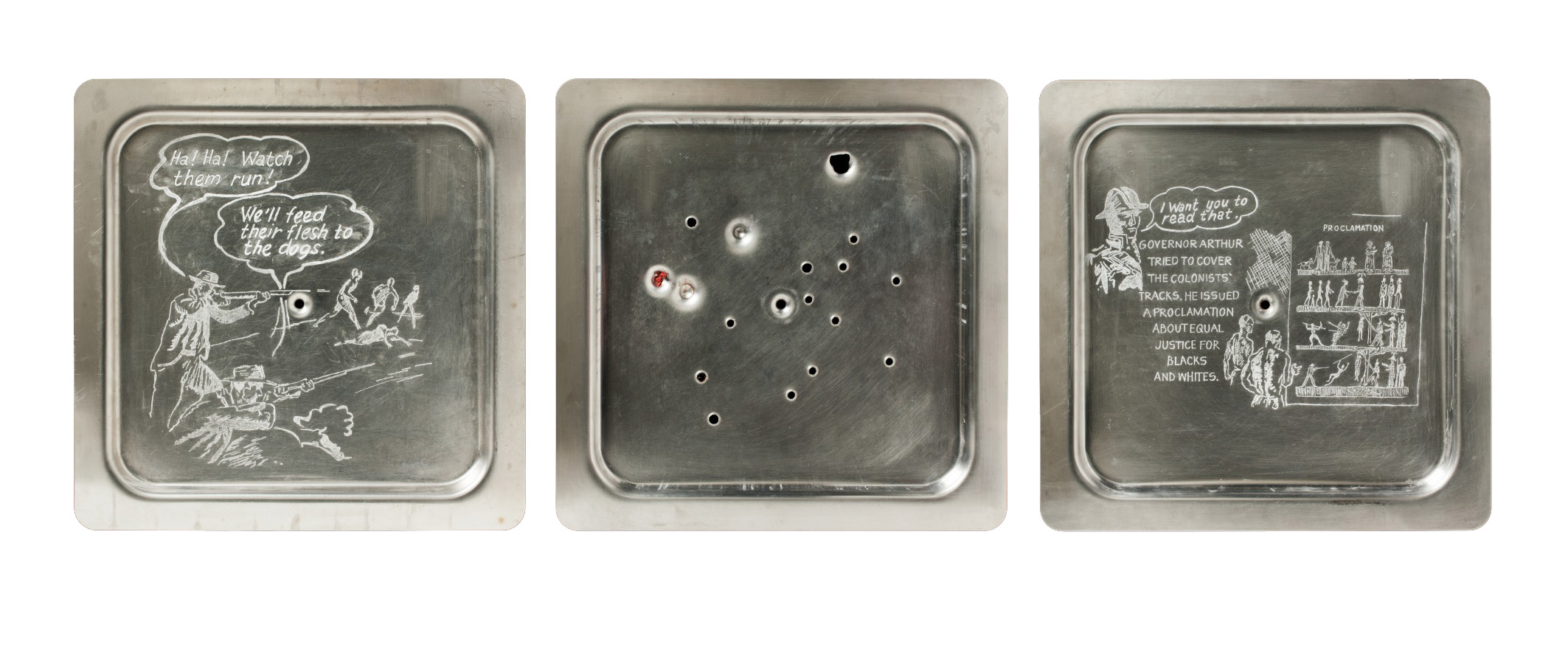
Hello Kylie,
Your introduction to your PhD research has whetted my appetitie (sorry – the bad water pun had to come out) in relation to reading your next instalments. The ways of considering water that you have set out are compelling, and I look forward to reading the results of your investigations into how water manifests as a resource, commodity, signifier of life, spiritual element and cornerstone of existence for humans.
Mitch Preston.
Hi Mitch
Thanks for your kind words, I hope the series meets your expectations!
All the best,
Kylie